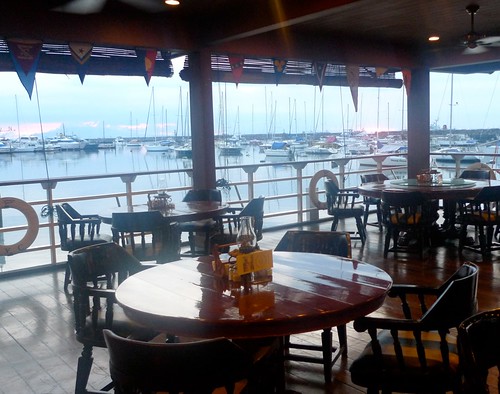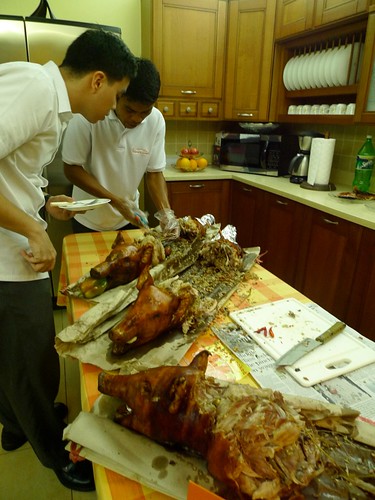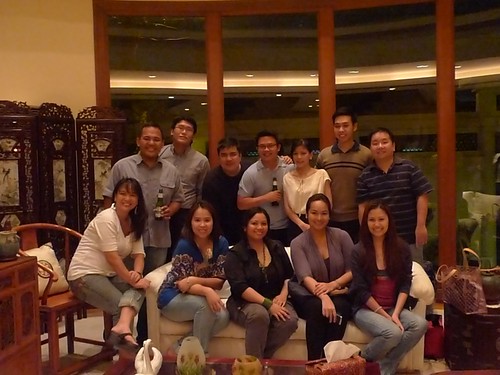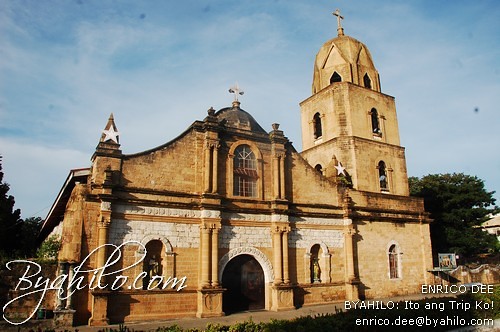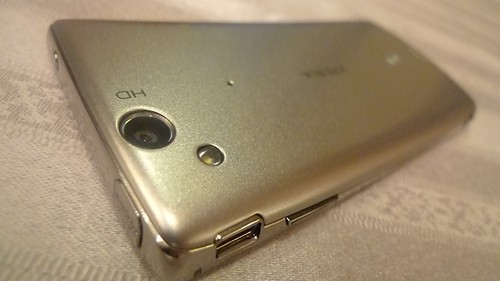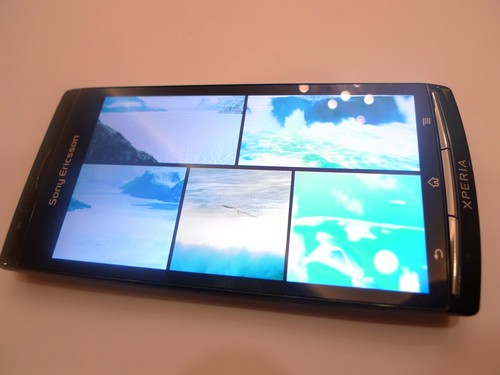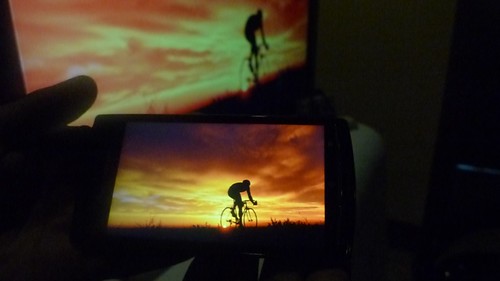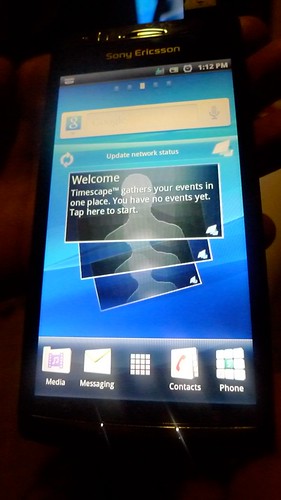Penman for Monday, June 13, 2011

AS YOU read this, I would have just returned from a 40-day residency at the
Civitella Ranieri Center in Umbertide, Italy—still dizzy, no doubt, not just from the long plane ride via Doha, but also from nearly six weeks of immersion in the thickest of cultural brews: the company of a dozen artists, writers, and musicians in a castle in Italy’s medieval heartland. I went there to begin work on a new novel, and as far as that’s concerned, I’m happy to report: mission accomplished. I can’t possibly write a full novel in a month (some people have, but they’re better than I am), but I’m glad to have stepped out of my Italian hermitage with a substantial, 20,000-word beginning that I feel good about and know what to do with.
Let me just get this clear: like I said last week, no one needs a castle to write a novel, and I suspect that the best novels were written in much more difficult circumstances, driven by some inner urgency rather than by leisure. Indeed, it’s been my experience that a comfortable bed and sumptuous food in a postcard-pretty setting don’t necessarily conduce to sharp, energetic writing; rather, they encourage slumber and sightseeing.
But in the meanwhile, with the mind and body at rest, the imagination rejuvenates, and inevitably fresh work begins; sometimes artists also seek residencies to finish nearly-completed work, or to achieve a breakthrough in a project that has reached an impasse, and the alien surroundings provide just enough defamiliarization for them to see their own work in a literally new light. The real luxury of a residency is time and concentration. Away from the clamors of office and home, artists can focus on the work and the aesthetic problem at hand.

The company of fellow artists, while not always easy, can also be stimulating, especially in a non-competitive atmosphere of mutual respect and support. Since these residencies are international, typically few of the fellows know each other beforehand, except perhaps by reputation, and it’s a special treat when one gets to meet and to know an icon in one’s own field.
There are few more knowledgeable and distinguished figures in the art of the personal essay, for example, than Phillip Lopate, who wrote a seminal work with precisely that title. We had many interesting discussions over dinner at Civitella because Phillip (I know, it still sounds strange and presumptuous to use their first names), a cinephile, has had a longstanding interest in the work of Lino Brocka, and had employed a Filipino main character in a recent novella. Civitella, Phillip said, was the first time he’d stayed in a castle: “It’s cold, it’s dark, but otherwise it’s great.” (That's him with me in the pic below.)

There are other, similar programs available to creative artists and scholars from around the world, aside from the better-known ones in the United States, such as Iowa, Breadloaf, Macdowell, and Yaddo. In Italy, aside from Civitella Ranieri, the Rockefeller Foundation has run a residency program at its
Bellagio Center on Lake Como, and the Bogliasco Foundation runs the
Liguria Study Center for Arts and the Humanities on the seacoast near Genoa.
All of these programs offer residencies of at least a month, board and lodging included, and each one happens to be located in a place conducive to contemplation and quiet work, but they have their minor differences. The schedules at Bellagio tend to be more fluid, with overlaps between artists’ stays, creating a larger community but also more people to deal with; dinners are also more formal, with place cards on the table and jackets required. You can, however, bring your spouse or partner with you, and Bellagio is also open to a wider range of disciplines, including historians, lawyers, and even, in my 2002 batch, an arms expert. Civitella is much more relaxed, the batches better defined, the work likely more focused. (I haven’t been nor have I applied to Bogliasco yet, so I can’t talk about that experience.) Bellagio and Bogliasco take applications online (do make sure to read the guidelines first, as they both require a body of past work, along with a proposal); Civitella is by invitation only, the fellows culled from a long list of several hundred names contributed by experts in the field.
The fellows’ presentations are privileged glimpses into the work of some of the world’s most accomplished and most avant-garde artists. In our batch, percussionist Vanessa Tomlinson gave a mind-blowing performance using mainly found objects—wooden planks, wine bottles, clay tiles, porcelain cups and saucers, even ropes and plastic grocery bags. Performance artist Pat Oleszko’s outrageous visual puns (she’s been described as a “cunning artist and punning linguist”) were at once politically scathing and yet childishly delightful. Guitarist Marc Ducret played notes with one hand in a way that most of us didn't even think was possible. Lat’s cartoons of a boyhood in rural Malaysia might as well have described many a Pinoy’s experience. Whether by novelty or familiarity, the presentations confirmed the bond that ties together artists from all places—a compulsion to see and to represent the world in a way that most other people don’t or won’t.



I’m not going to be a hypocrite and say that I abhorred the luxury of our situation—all the hardship and privation I went through in martial-law prison didn’t yield me more than a few pages of actual writing; the novel came much later—but precisely because these were not your everyday digs and I was not your everyday duke, castle life took some adjustment.
My greatest adjustment, as I’d expected, was the food. I know that I just said I didn’t abhor the luxury, but in this case I think the luxury abhorred me. Italy’s gastronomical wonders were largely wasted on me, a self-confessed culinary philistine whose idea of
haute cuisine is a bucket of KFC, and who landed in Rome with 13 packets of Lucky Me
ramen and two bags of Boy Bawang
cornik. If truth be told, I love Europe’s museums, but dread traveling there because of the need to adjust to the local fare, which Beng and Demi and maybe nine out of ten other folks would kill for. I’d rather go to China on assignment than to France, for the noodles and the congee.
I happened to be among some of the world’s most gifted and accomplished artists, whose connoisseurship naturally extended to food. Common subjects of passionate discussion included the best coffees, wines, and cheeses. The meals at the Castle were, I’m sure, impeccably delicious and nutritious; our chef was a slow-food advocate working only with the best and freshest produce, much of it from the Castle gardens, and if you were the foodie I’m not, you’d have been in seventh heaven. Thankfully, Italy is also a carnivore’s Paradiso. I’m adding
bistecca fiorentina (think of it as Italian porterhouse) to my death-row, last-supper menu; the
porchetta (roast pork) sandwiches were great, although our
lechon is much more flavorful and softer.

On our Wednesday morning trips to the Co-op, the local supermarket, I noticed that I was the only one lugging home two-liter bottles of Coke (or Sprite, as a break from Coke), sliced bread, rice, cans of tuna, Knorr seasoning, and Nescafe instant coffee. Everyone else seemed to be stocking up, logically enough, on the best of the region. Central Italy’s one of the world’s best places for truffles, and, one Sunday, most of my batchmates went off on a truffle binge, to a local restaurant that served nothing but truffles in various dishes—pasta, quiche, etc.—for a very reasonable sum. I, of course, stayed home with my canned tuna, secretly lusting for the pig that found the truffles (here, though, they use dogs, because the pigs, being even smarter than I am, eat the truffles).
One of my best buddies at Civitella was the renowned cartoonist known as “Lat,” the Malaysian equivalent of his late friend Larry Alcala, whose depictions of
kampung life are both mordant and hilarious. A practicing Muslim who likes Elvis and Patsy Cline, Lat couldn’t share in the wine and the
porchetta, but he must’ve seen how homesick I was when he slipped me a packet of what turned out to be dried anchovies, which his wife packed into his bag. That packet was my lifesaver, imparting a salty lick of the ocean to nearly everything I ate, from my macaroni soup (rigatoni, actually, but of course all pasta except spaghetti is macaroni to us Pinoys) to my rice.
Late in our residency, Lat and I decided to run off to Venice, where neither of us had ever been, and that will be part of next week’s concluding piece on my Italian sojourn.
![]()


